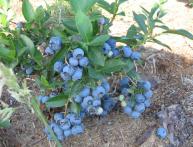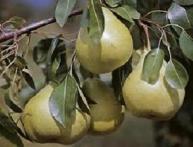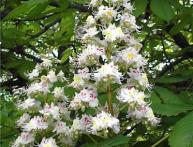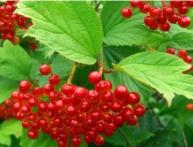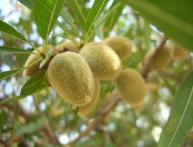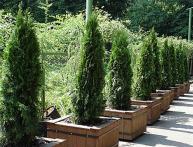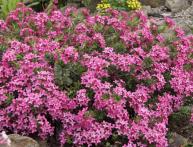Currant processing in spring
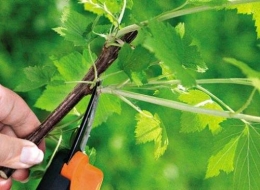
Initially in progress currant processing in spring All diseased, broken, dry and other poor-quality branches and shoots should be pruned. The frozen tops of the shoots should also be carefully trimmed. Having completed the stage of preparing the bush, all cut branches and last year’s leaves should be burned, since most of the pests overwinter in them.
After the bushes are pruned and the area is prepared, it is necessary to properly dig up the soil near bushes and between rows no deeper than 15 cm between rows and 10 cm near bushes.
To strengthen the bushes of delicious berries and subsequently get a decent harvest, it is better to dig add organic fertilizers to the soil (humus or manure at the rate of 10 kg per 1 m2). Before harrowing, it is worth fertilizing the plant with mineral fertilizers 15 and 40 grams of azophosphate for young and 4 or more year old bushes, respectively, you can also use potassium chloride (20g), ammonium nitrate (25g), double superphosphate (30g) .
It is also important carry out timely treatment of currants from various pests and diseases.
Used to kill aphids: karbofos, tanrekom, rovi-kur, garlic infusion or beard mixture 200 gr. based on 2 liters of water, after steeping the solution for a day, then filtering and adding 30 grams. laundry soap and dilute with 8 liters of water.
To combat powdery mildew: spray the currant bush and soil with foundationazole before flowering begins at a dose of 15 g. for 10 liters of water.
To prevent anthracnose The currant bush is treated with copper sulfate or Bordeaux mixture before flowering.
Currants need to be processed regularly and efficiently.

